Mitschnitt vom Seminar bei Daniel Grieve im Woburn Golf Club.
Ich war dort für einen Tag und habe super viel gelernt. Hier das zweite Video, der Soft Landing Shot – Release 2
Basis ist immer ein gutes Setup. Warum? Das und mehr wird in dem Video erklärt.
Vielen Dank auch, dass ich das mitschneiden und veröffentlichen darf!
Dan ist nicht nur der aus meiner Sicht beste Kurzspiel Coach, sondern auch ein super sympathischer Typ.
#dangrievegolf
#shortgame
#golftips
#martinstechergolf
@DanGrieveGolf
the soft landing shot. Okay, we’re going to get into that. But firstly, how does it feel to be to be world class over the ball? Good. You all are. All right. It’s fantastic. You’re great over the ball. So, you can see your strikes got better. The noise of the strikes a lot better. Can you feel like you’re getting that you’re getting a much neater clip on the ball now, which is good. Now, if you’ve only got that shot, of course, and you get a tighter pin position. that green the green keepers really moved it close today but there’s very little green to work if you’ve only got that chip and run of course you’re limited to probably getting it as close as that from that position there are different shots which I’ll go through in a second but essentially if you’ve only got the chip and run it can be limiting so we want to get a little bit more flight and a bit more height this is where the golfing IQ side of things like really really needs to go up a level okay because the first shot as I said at the beginning you can play pretty much from any type of lie you might need to put the ball a bit further back if it’s a bearer or um or hinge it if sitting down in the rough a bit. But generally that chip and release one is is a very versatile shot from any lie. This shot where we’re using more of the sole, more of the bounce and sliding, we do need to be a bit more aware of what the lie allows or most importantly doesn’t allow. I think a lot of golfers of all levels look at the shot they’d like to play and play it pretty much regardless of the lie. and then they might hit a bad shot and then they get down on themselves when really they might have been attempting a shot that Sevie wouldn’t have attempted. Okay? Because the lie doesn’t allow. So I think reading the lie is the most important thing. So I’m going to use a very simple traffic light system with you which you’ll be able to remember. So we have a green light lie for this for this release too would be something like that. Can you see how the leading edge is sitting lower than the ball? Yeah. And when you put the club behind the ball, you’re allowed just to sort of just gently tap. And you can feel that the ground has got a little bit of give to it. It’s got a bit of give to it. So that means that the club is going to be able to work through the turf. And then just in slow motion, you see you hit just behind it and it slides underneath. And that’s what creates that nice little release to soft landing shot. But that’s the green light lie. And the green light lie. The beauty of it is you can pretty much hit as far behind it as you want. There’s not many green lights here actually, but um because the grass hasn’t really started growing yet, but the green light lie, you can really land it two or three. I hit that about 4 in behind and it was still a nice shot. Okay, so the amber light lie are the ones that most people just don’t quite get. So the ambers are where it’s a bit more like that, which to your eye it might look okay, but can you see how the lead edge sits a little bit higher? And this is one most people get wrong because they try and play the shot and if you’re absolutely perfect like I was there, you can still play the shot. But if you hit it a little bit further back like I did there. Did you hear that kick? Yeah. So I hit that two inches further back. The first one I landed absolutely one soul width behind it, which is fine. But if you start hitting two, three soul widths behind it on a green light is fine. Absolutely fine. But an amber light, you’ll get the kick. All right. And this is the clever bit. This is what pe this is the bit you got to work on because people miss this all the time at all levels. All levels of the game. Okay. The red light lies hopefully are a little bit more obvious. But I would doubt that even a lot of golfers as well don’t actually see that. But you see that s sitting in a hole and you can see how the leading edge is up there. Well, if I try and play that from there, you see I’m going to get that sort of shot. All right. And then you start saying, “Well, I’m no good at this shot.” when really you haven’t just read the you haven’t read the lie. Okay. So reading the lie is the most important important part of this shot. If you play uh release one then from the if I had a if I was in a lie like that there there actually quite a few options. There’s a few options to you. I would do a little release zero where you play you could go outside the back foot with a maybe a 60 perhaps and you got lots of shaft lead and you just jam it in like that and try and do something like that. That’s because you don’t want any bounce on that. is you try and take as much as you can off. So start with as much and turn it down. There’s other options as well. I mean I saw Tony you using a hybrid. I think this is a great little shot. And I don’t think people use this enough by the way. Does anyone here not do this? See you don’t. Right. It’s a great shot. Maybe know even even if it’s just sort of a a normal amber light where it’s sitting down a bit. You could put it from here as well. The problem with putt people generally hit the putter a little too hard at times. It can be hard to feel it. But the beauty about a hybrid with a bit of loft, use your putting grip and you just make a little putt stroke. You see it just bumbles up and runs down. It’s a really easy little shot if you learn not to not to hit it. Some some people when they first start doing a hybrid, they use a bit of wrist and look it goes like that. So you got to be care to make sure you you put it back to follow through about 50/50 on this. Yeah, 50/50. But you just you just got to collect it. You just got to collect it and get that speed. a very light scale as well. Yeah, exactly. Exactly. Exactly as if I’m putting it. So, I’m using my reverse overlap putting grip. That’s that’s my standard putting grip. If you got something like this or whatever, you might have to might might not be able to do it, but some use your putting grip. Hopefully, you do have specialist putting grips and you don’t have a normal grip. Yeah, then just do that. Great club to use. Great in link. I know some of you been playing a bit of links golf recently, haven’t you? When you’re in these little runoff areas. Brilliant. Justin Rose uses this a lot. Have you seen he used it? chipped in on the last at Pebble Beach this year with a with a sevenwood, I think it was. So, that’s a great option, but if you didn’t fancy doing that, you could stick to your release one and use something like a sixiron or seven iron and just stick it into the bank as well. It’s not my favorite option this cuz you’re slightly in the lap of the gods, but it’s a shot, you know, to try to bump it in there and take some take the the bank, take some speed out of the ball. So, if you haven’t got the green light, there are other ways to get it close. I will show you how to hit it high from these barrel lies uh later, okay? when we get into some different lies, but we’ll just get on to this green light line like if I can find some. So, loftwise, I think it’s important here to discuss that you want to use your probably your second most lofted club. So, I use 56 a lot. 54 56 is enough here. I think generally people overuse the 60 too much for for this type of shot. Um, if you practice a lot and you play a lot, it’s it’s fine. A lot of pros use a 60, but I think for amateur golfers and people playing less, a 60 is is tough. It’s tough to use for two reasons. Firstly, when you have such a weak loft at a dress, it doesn’t encourage you to release the club and play softly because it’s so weak anyway. And secondly, when you have a really weak loft, you um you you can go this way because you start weak and you go strong and and um when uh so Sevy, for example, never had more than 55 degrees of loft his entire career and he was able to able to, but it was left nostril, wasn’t he? And I played a lot with Ian Wam this winter over in Barbados. And he he won the Masters in 1991. And uh he told me the most lofty club he had when he won the Masters in ‘ 91 was 53. So he imagine, you know, that golf course he won with 53, right? And he said, “You open it up.” I said, “You meant to win 53.” So I open it up, I’d release it, and I could play every shot with my 53. And he totally lost his short game when someone gave him a 16 in mid ‘9s. Totally lost it. And he’s never been the same player since. So, and especially, you know, we’re coaching juniors as well. I think junior golfers these days have just totally lost the skill of the game because we’ve lost we’ve got the 60 in their hands way too early. Okay. So, I carry a 60, but I always say my 60 on the back. And it does actually say this. This isn’t my plane set, but my plane set says emergency use only on the back. It actually says it on the back. All right. So, I like a 60, but you just use it when you’re in e deep in the rough, plugged in a bunker, you know, when you want to really hit a spinner. That’s fine. But don’t you don’t need to use it as much as as you think and Sevy and Wooie have proved that. So assuming we’ve got the green light lie. Um these are some of the sort of the key changes from the first shot. So rather than it being on that right heel, we shift it into the left heel. We flare the foot out a little bit more now for this shot because I’d like to see you moving open a little bit more through it. We know the left foot helps you do that. Bit further away. You’re into your second wrist position now. So your first one was here, wasn’t it? Really nice and flat. Now we get a little bit further away and the wrist drops down here. When the wrist drops down here, that’s going to encourage the wrist to have a little bit of hinge to it. You really want this to be natural hinge and not forced hinge. A lot of people get this shot wrong because they’re trying to make the club work. They’re hinging and unhinging and doing that sort of thing. So, I played it, but I was very hingy, wasn’t I then? Okay. And if you’re if you’re light with your grip pressure, what will happen? I’m super light. I’m down to like three out of 10 now, by the way. And my thumbs might look like they’re on the grip, but they aren’t. They’re just resting. And I think if you This is the most important tip for this for this shot. Because if you squeeze your thumbs on the grip, what does it create? Yeah. Creates lag, doesn’t it? Tension, which is you’re not going to allow you to release the club. This is why most people struggle. They they grab it. So, I like to actually play it and as a practice, just do this. Actually take the thumbs literally off the grip. And you take them off the grip. What you’ll what it will give you the first time for some of you ever, you’ll be able to feel where the club head is for the first time ever because if you’re squeezing it, you you don’t know where it is. Okay? So, if you take it off, I can feel where the club head is and I can feel the club head release. So, if you’ve got a tight grip pressure, you cannot play this shot. It’s impossible. Absolutely impossible. You’ll never do it. So, you got to be super light. Okay. Second wrist position here. And it’s somewhere here. The weight is still forward. Your upper body can slightly start to drop here now because as you know the low point now is actually behind the ball one inch behind. Okay. Well, the feeling is it’s like behind. In reality, it’s an inch in front, but the intention is to hit behind. It’s just there. And uh as you go back, I want you to really feel a bit of elbow fold, but the light grip pressure creates the the hinge into that toe up position there. What do you think doing that does to the bounce? Takes it off. Yeah, as I did see a few of you doing this at the beginning, arching it in, left wrist arching down, loft and bounce been taken off. You’re either going to stick the club straight in the ground from there or you will reverse it. I have to hold it this way and then you get a ball that comes off a little bit too hot. So, it’s just getting that nicely up there and then let it fall back. It’s your release two now. So, it’s just the belt buckle. Don’t really think of this. It happens. You don’t need to worry about it. And then make sure as you come through that you want to be feeling that your your club face finishes now pointing somewhere near your left shoulder and not doing this because that turns over. And it’s just been brave with the speed really. You don’t need to hit this as hard as you think. Okay. See how smooth that is there? And you can see how it’s there. Club face is back there. It just kicked a bit. This is a little bit firm these lines, but you can see how smooth it can be. Most people are way too quick. It’s way too quick. Oh, there we go. Always take the pin out. You see? Um, let it fall there. Okay, that’s the thing. Now, if you are getting a little bit quick, these clubs are great. Has anyone seen this before? Oh my. Okay. Stuff of nightmares. Now, if you’re a if you’re a loader of the club, a loader of the club is somebody who pulls this way. Okay. So, squeezes it. As I just said, squeeze it. See? See that? You get a ton of shaft flex, don’t you, when you do that. It’s called Gforce. Basically talking about gravity. So when you get the club on the right plane, don’t think I mentioned plane there, did I? Feel that the club shaft is almost up. By the way, it’s going to feel more in front of you. This shot you’re still turning, but the club’s up, not not behind you. When you get the club on plane, the club, if you just let it happen, like saying don’t squeeze it, the club will just swing down. You see? So you’re trying to let the club swing itself here really. And then the body body just goes with it. This club teaches you to do that. It’s very, very difficult to use. Very difficult, right? Um I’ve had tour pros use this in a lesson with me and they’ve hitting it two feet in front of them for half an hour. Oh no. Oh yeah. Totally. Just it’s so difficult if you’ve always pulled it. Okay. But if you if you have a practice swing with it, at least have a practice swing like you can see it’s not flexing it then it teaches you not to load it and you can be really smooth and still play lovely shots with it. It is USJ legal. This you can actually use it, believe it or not, on a golf course. I’ve never seen anyone do it yet. You don’t want fancy hitting a full shot with it, but you can just watch the shaft here. If you’re smooth enough, okay, smooth enough. It doesn’t flex. Let me try a better one than that. Just kicking a bit off the ground there. You can see this is a great trainer of speed. Okay, see how keeps you really calm. Okay, but very tough. If you don’t hear a good one, don’t worry. But it’s a it’s a it’s a really good There’s a few here just on the back. Okay. All right. So, does that make sense? Please don’t be afraid of this shot. Please don’t think this is a hard shot to play. You just need to get your head around it. If you’ve got that green light lie. Okay, there we go. Green light. You can hit this so far behind the ball and still hit a good shot. So, I’m going to I’m going to hit this one just to show you. I’m going to hit this six. I’m going to hit right back here. Okay. Right on my right foot just totally duff it on purpose. Yeah, that was about 4 in behind. Okay, that was 4 in behind the ball. Still a really nice shot. Okay, I’m going to try and go even further than that. I’m going to go 6 in. So, green light light won’t work on an amber or red, but I’m going to go right back here. There you go. That was 6 in behind. Okay, because I’ve got the bounce on and I’m there and it’s sliding through and I’ve read the lie well. So, I’m hoping you’re all good enough to within 6 in of the ball. If you can do that, you’ll get you’ll get this shot. Okay. And you’ll play it. Any questions on that shot? Any additional points about your feet? Yeah. So, ball position, left heel. That’s the big one. Flare the left foot out. Bit wider. Now you go. So, we’re going for two club heads between good. Two club heads between the middle. So, there. Okay. That way. Lower body forward, upper body slightly back because we now want the uh the low point to be behind the ball. If we played everything forward this way, by the way, just a bit. I know some of you bit more advanced this. If if it if it was a red or an ember, you can just lean everything a bit more forward and still get some release and play a bit of a spinner like that. So you can play like a mid-flight spinner, but everything went left there. So that’s a way of managing if it is tight. So it’s it’s just it’s just a slight sort of just push your low point forward. Yes, exactly. But I still released it. It was sort of a two release, but I did it from from a more forward position. Some some players would move that way in the back swing, and you can do that as well. I I always think it’s easy just to start somewhere and stay there rather than having to move there. Okay. I I feel that people get more uh consistency out of that. Yeah. Yeah. I think it’s harder to repeat. Yeah. Okay. All right. Go give it a go. Yeah. Make sure you’re not trying that shot from the wrong light. That’s the big lesson there. Okay.

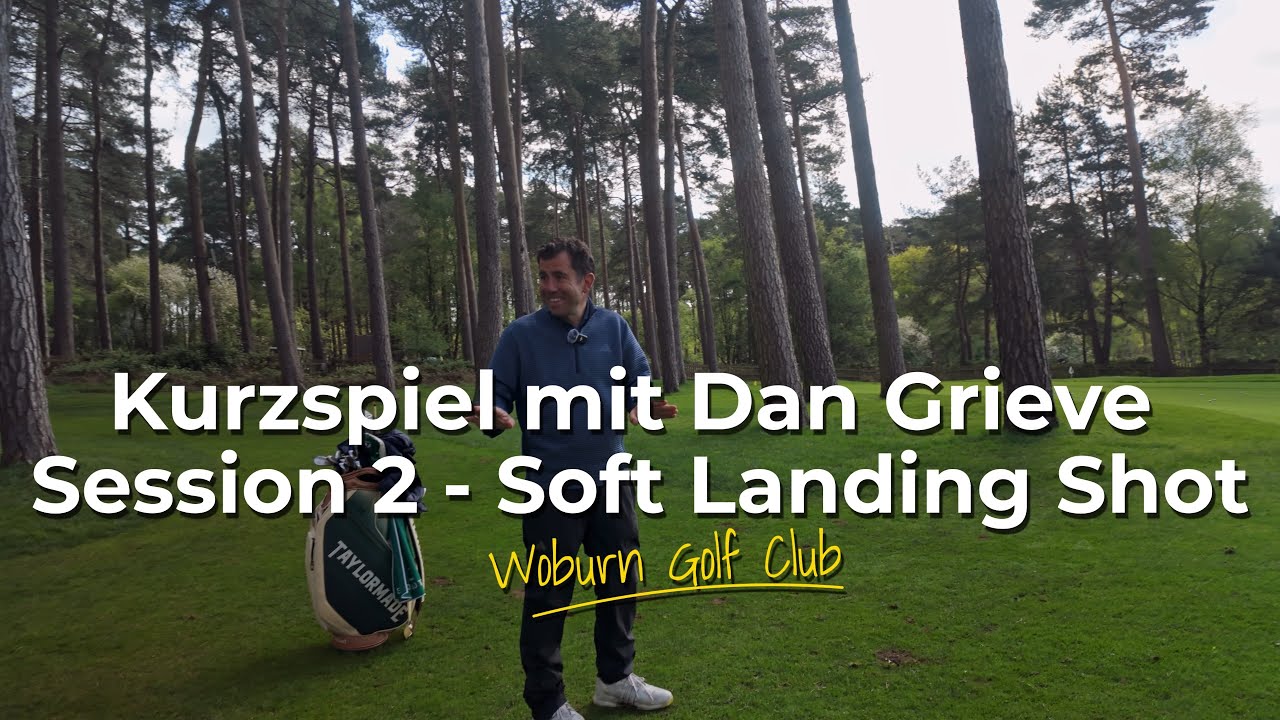
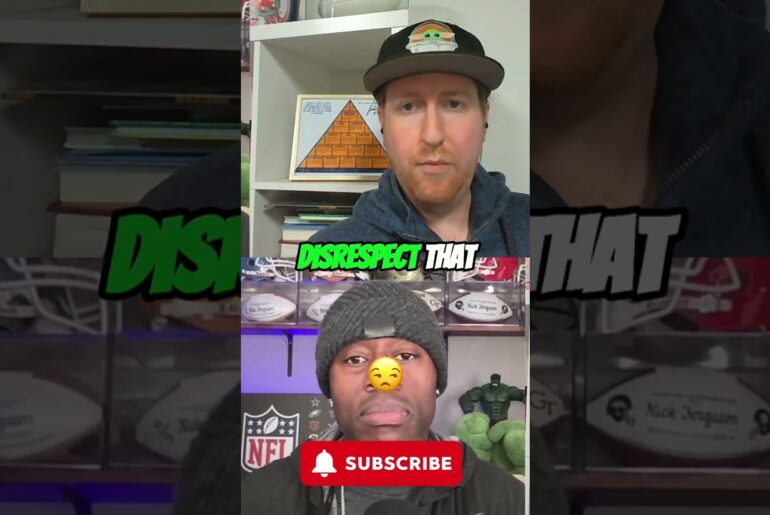
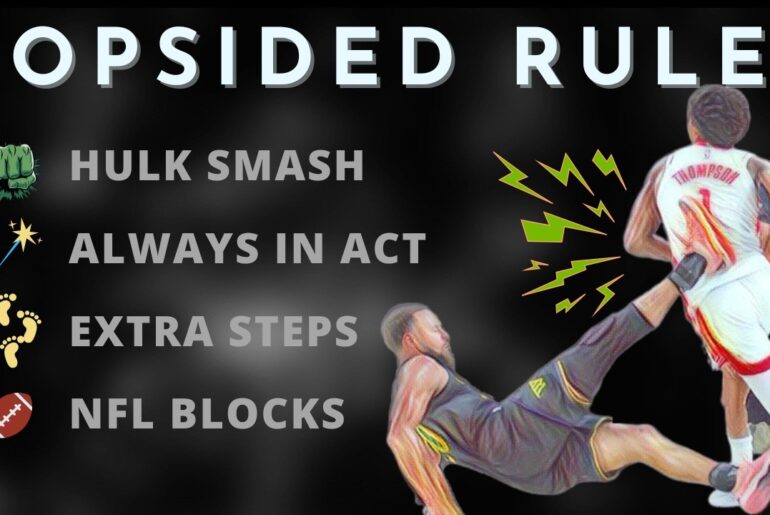
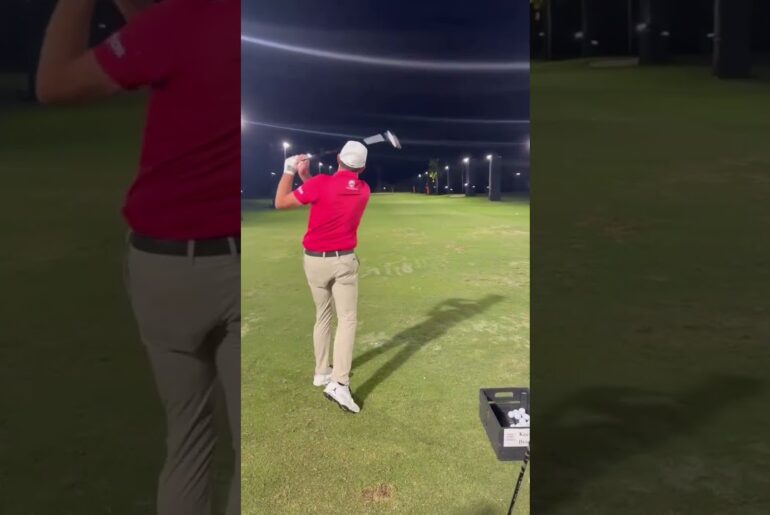
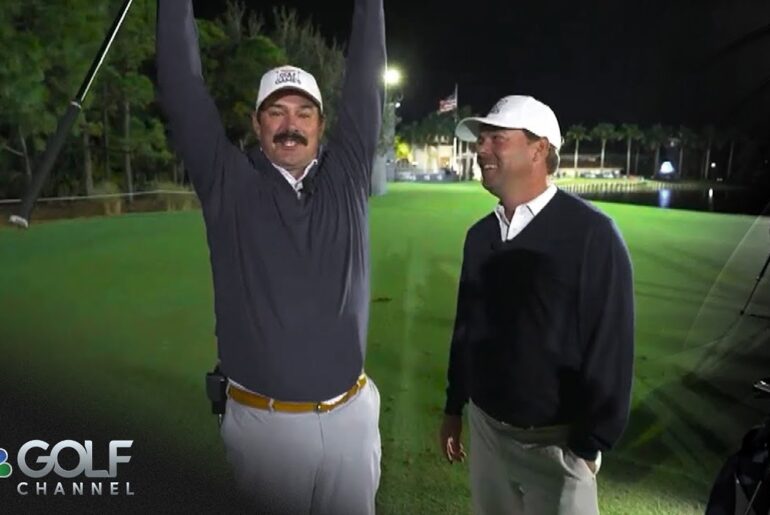


3 Comments
Mann kann sich das gar nicht oft genug anschauen. Die meisten Fehler passieren schon im Setup und im Rhythmus. Aber kurzes Spiel ist eben halt kein langes Spiel.
Man kann seinen Kanal und sein Buch nur wärmstens empfehlen. Freue mich auf den dritten Teil.
Hätte gerne mal von euch ein wenig Action gesehen.
Sehr cool, vor allem auch die grünen, gelben und roten Lagen. Den G-Force Schläger nutze ich jetzt selbst ca. 1 Jahr und habe super Erfahrungen, weil du sofort Feedback bekommst. Danke für das Teilen!
Dan ist der beste…aber wäre super wenn Sie nicht nur den Himmel sondern auch das Wichtige nämlich den Schläger und den Ball im Bild gehabt hätten….darum geht es doch eigentlich.